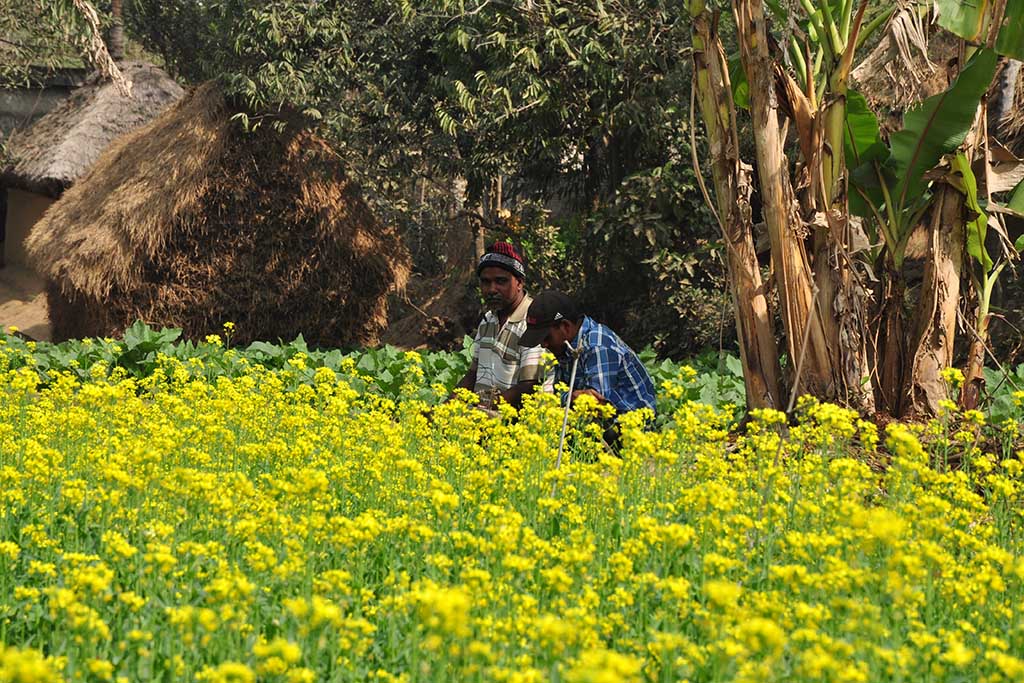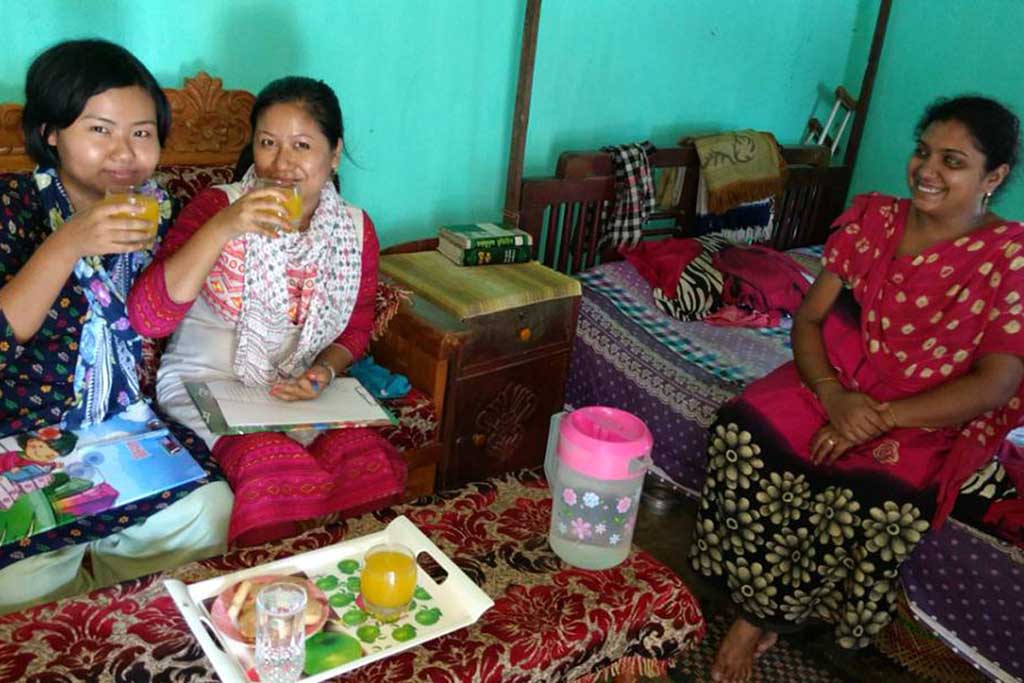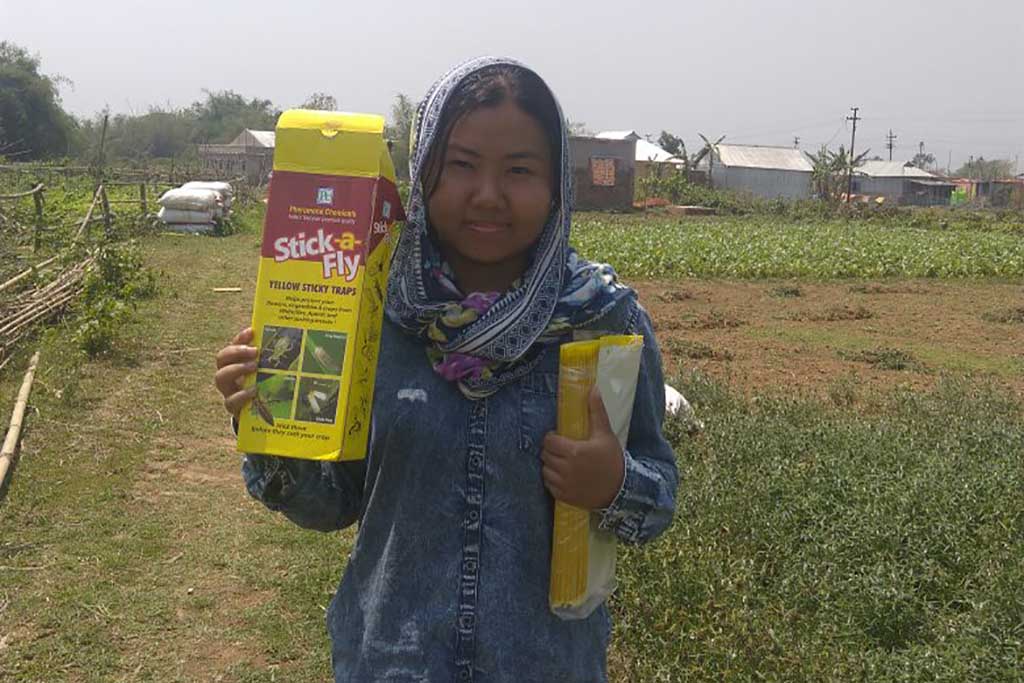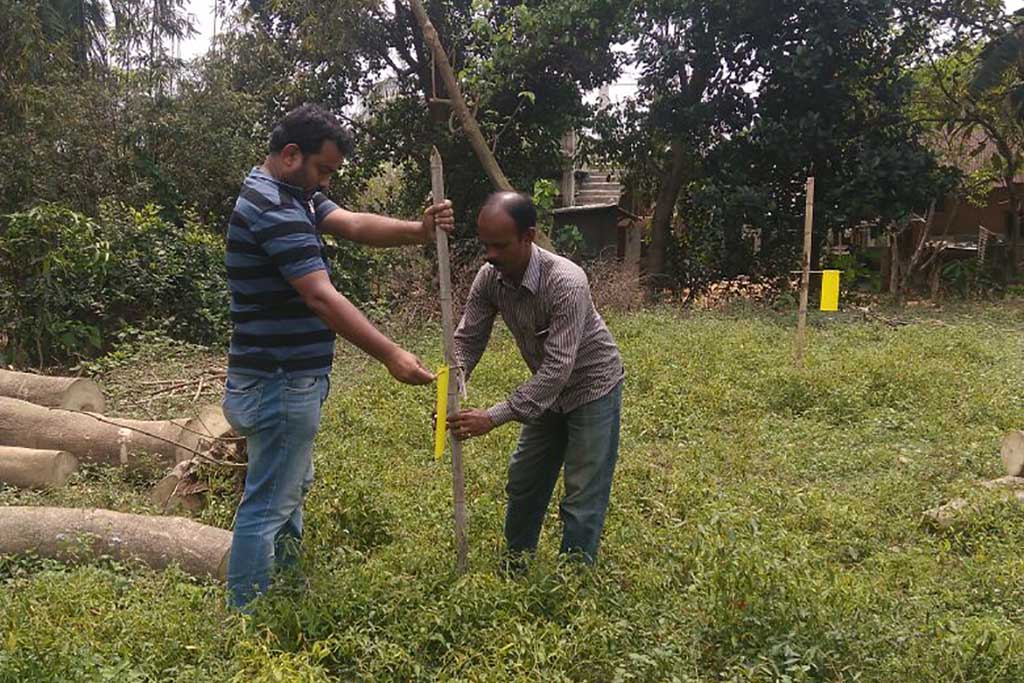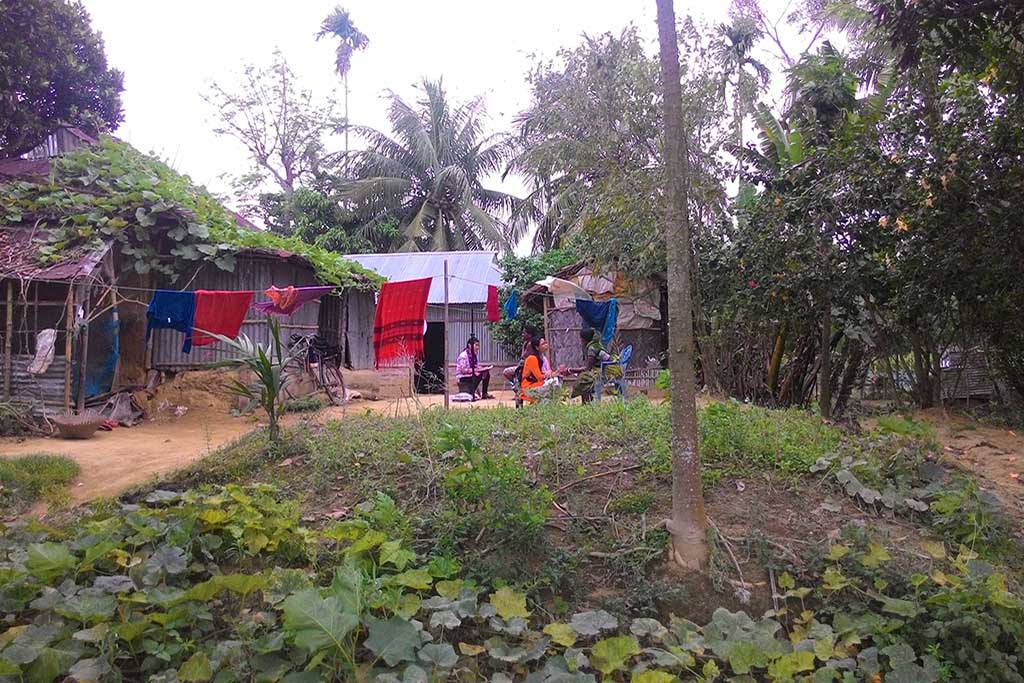
Tripura Agroecology Partnership
Funder
Agroecology Fund
Value
$75,000
Collaborators
University of Calcutta, University of Oxford, Government of Tripura.
Team
Dr Barbara Smith (Coventry); Parthib Basu (Calcutta); Alfred Gathorne-Hardy (Oxford); Soumik Chatterjee (Calcutta). Field Team: Sujata Debbarma; Sangita Tripura; Sampad
Duration
October 2016 – October 2018
External website
https://tripura.coventry.ac.uk/
Project Objectives
We aim to link nutritional security with selective agroecological diversication for resilient rural communities.
Together we will seek answers to questions generated in participatory structured conversations using Appreciative Inquiry in a Darwin Initiative project (DI 24-019). These are:
- To what extent does current local agriculture support human nutrition?
- Which current agronomic practices support biodiversity and which can be improved?
- Can simple changes to crop diversity and management improve nutrition outcomes?
The project will establish the Tripura Agroecology Partnership, comprising: Centre for Agroecology, Water and Resilience, CAWR, UK; Centre for Pollination Studies CPS, India; Oxford India Centre for Sustainable Development OICSD, UK; Government of Tripura, India; Panchayat of Tripura villages, India; Tripura Tribal Area Autonomous Districts Councils TTAADC, India.
Impact
There will be three kinds of impact
- Learning:
- Biodiversity - The collaborative will co create an environment for participatory learning about the multifunctional crop or non-crop biodiversity elements that have the potential to improve the agroecosystem health and simultaneously positively impact the nutritional status of the farming community as well.
- Agro-ecology – Subsequent to participatory identification of suitable multifunctional biodiversity elements, the collaborative will initiate participatory on-farm field trials to gather knowledge about the suitability of the identified biodiversity elements in the production system.
- Agro-ecosystem and human health improvement: The collaborative will develop management strategies through the adoption and introduction of appropriate multifunctional biodiversity elements in the farming landscape in order to improve the status of pollinators, natural pest regulators and soil quality and will develop strategies to bring about improvement in the nutritional status in the farming community through the identified biodiversity elements.
- Policy intervention and Movement building: At the policy level the collaborative will seek to mainstream the i) participatory approach of knowledge generation and technology adoption and ii) agro-ecological approach in agricultural policy environment. At the people’s level the collaborative will aim to build an agroecological movement across the state by disseminating outcomes, bringing together stakeholders and boundary partners and facilitating knowledge exchange and discussion.

